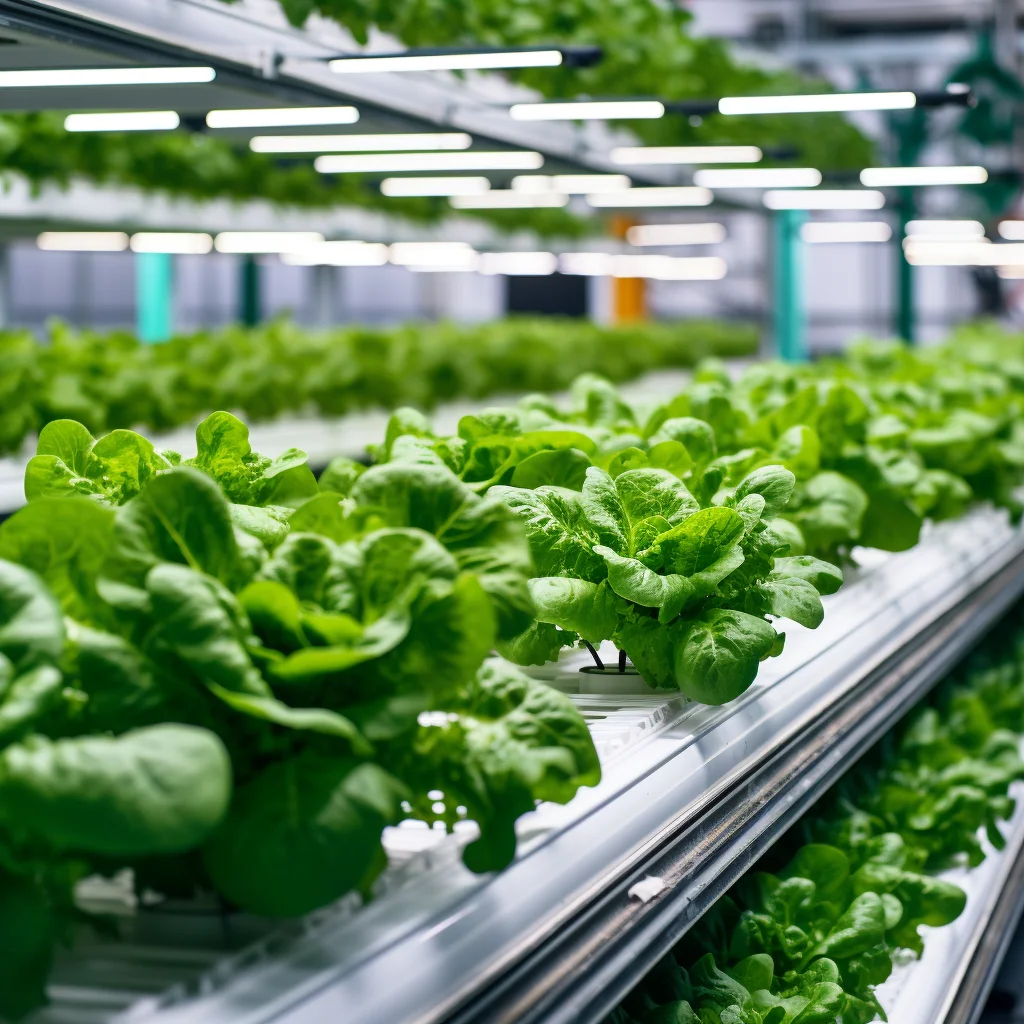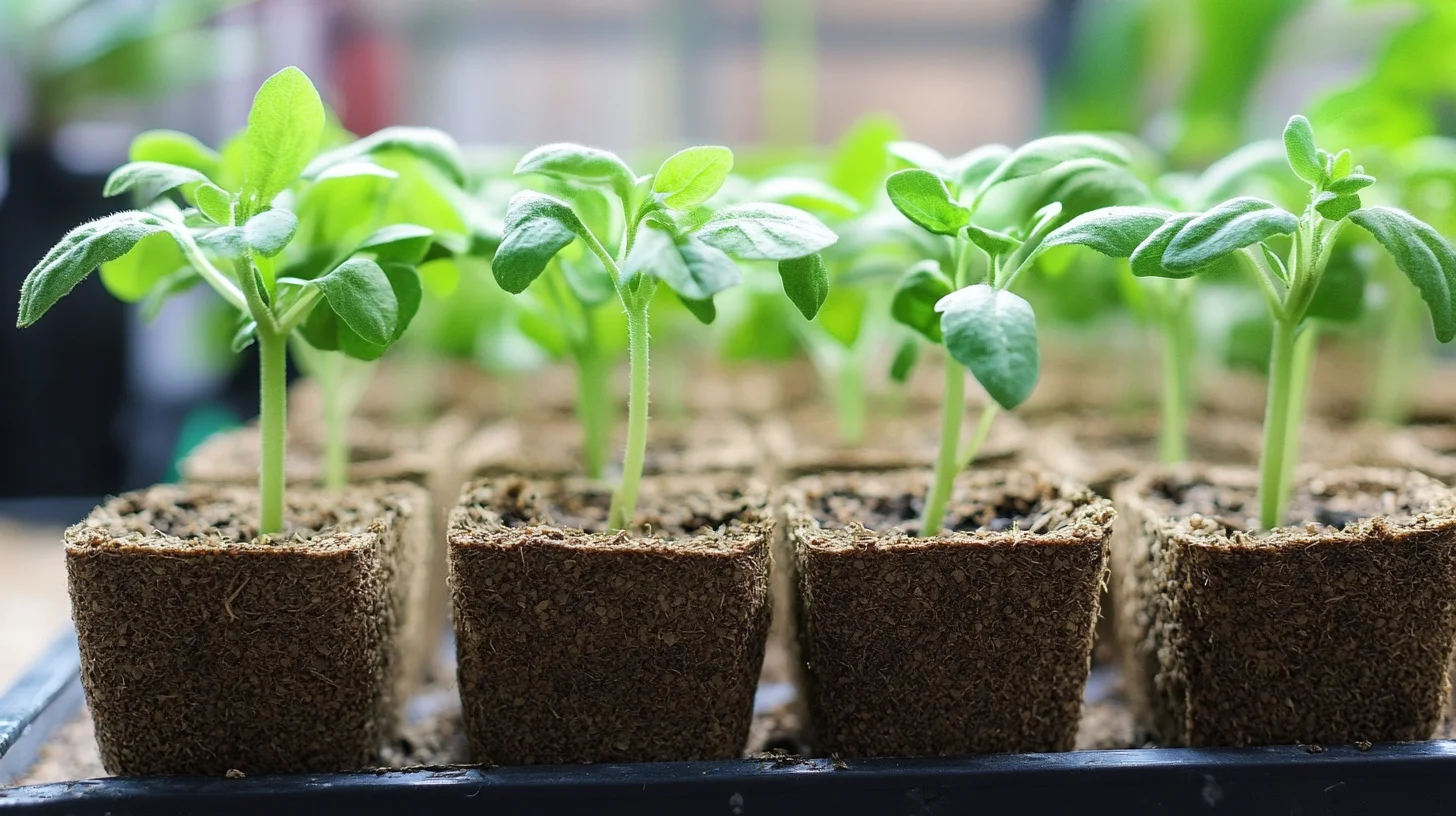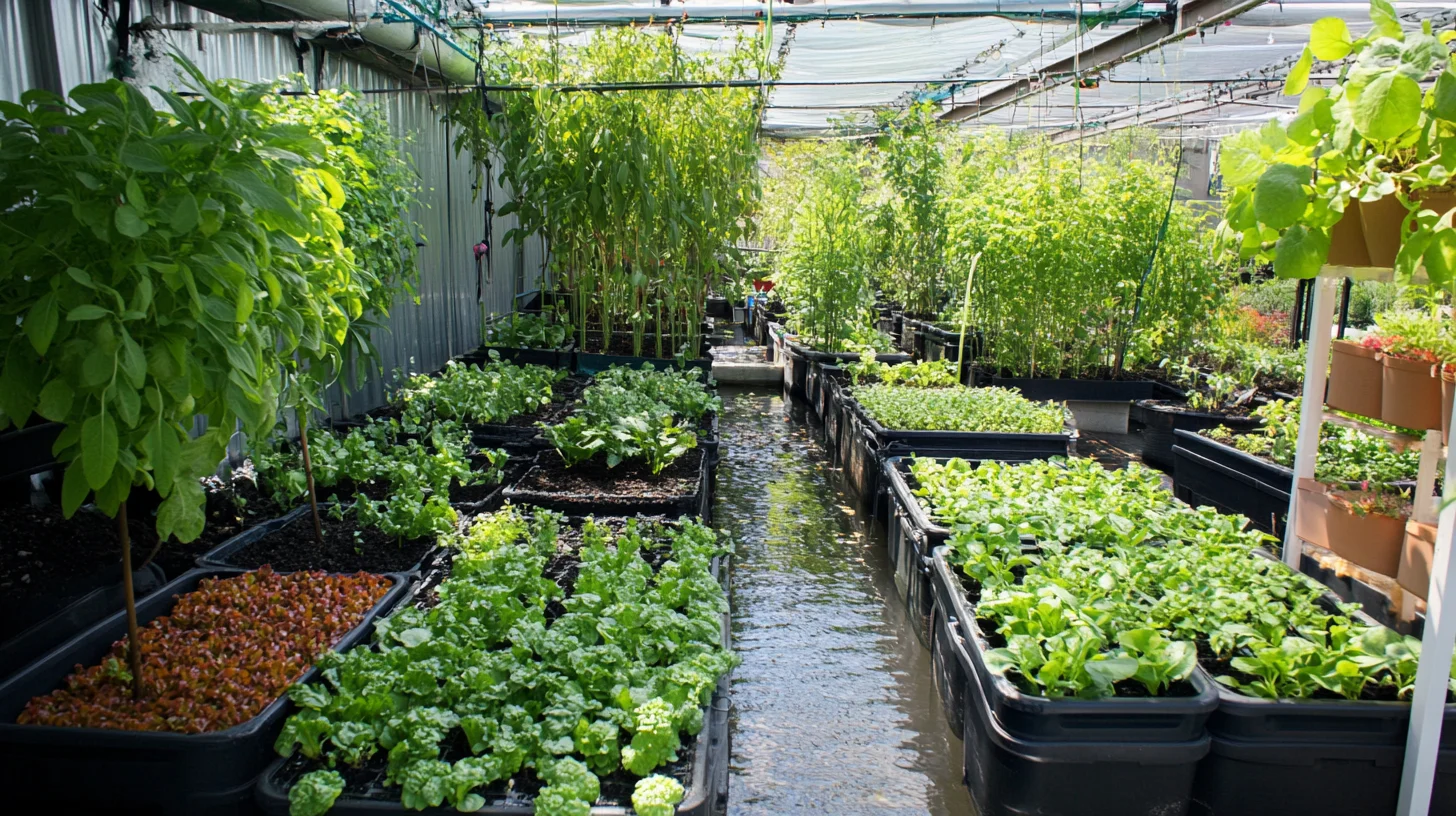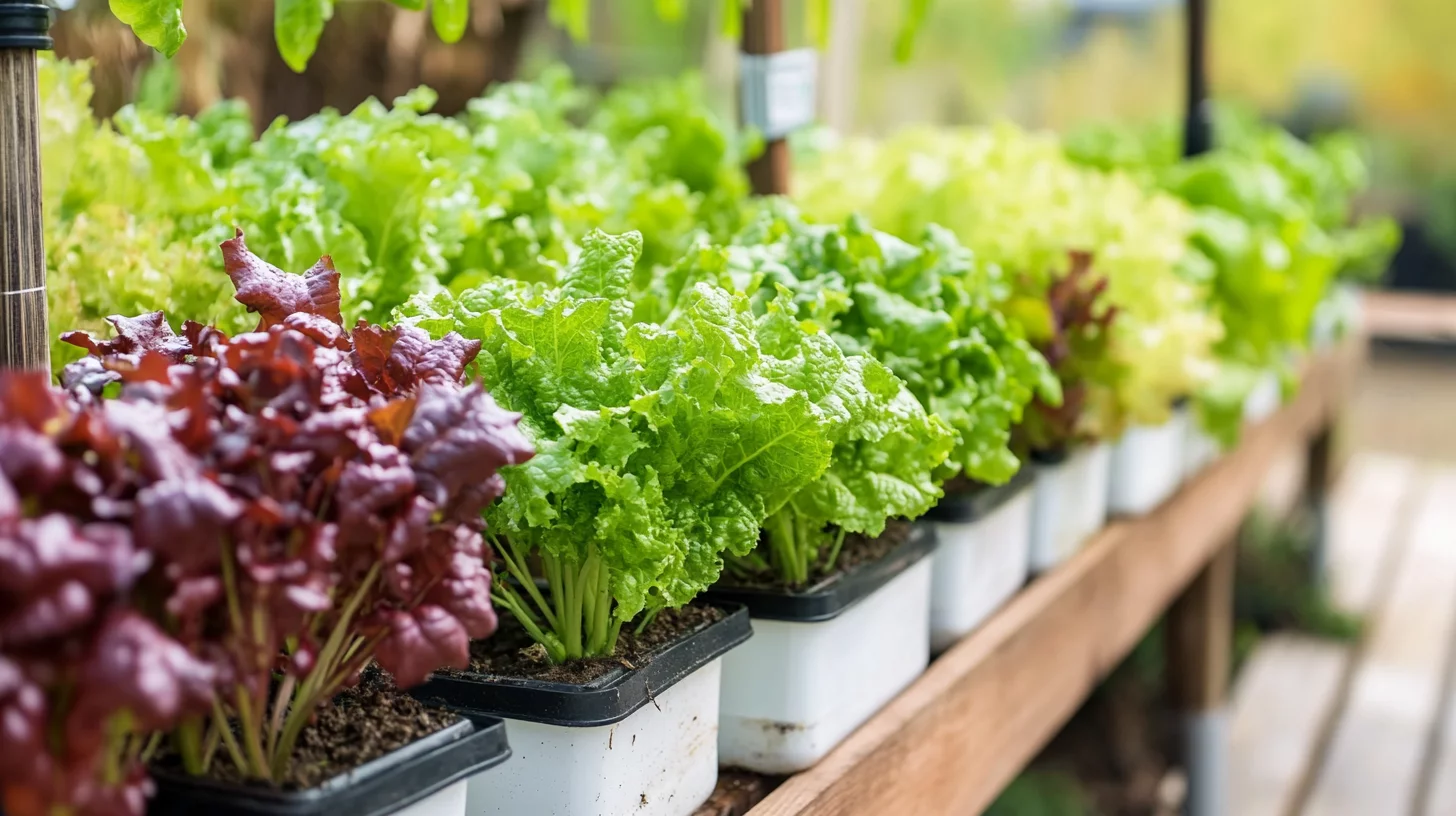Hydroponics is the innovative method of growing plants without soil, using mineral nutrient solutions in water. Since soil is not present to provide nutrients like in traditional gardening, a common question asked by both novice and experienced hydroponic gardeners is – where do hydroponic plants get nutrients they need?
Nutrients Come from Specialized Hydroponic Nutrient Solutions
The primary source of all the nutrients for hydroponic plants comes from specialized hydroponic nutrient solutions that are designed to provide the complete range of macro and micronutrients plants need to grow, thrive and produce fruit/flowers abundantly without soil.
These specialized hydroponic nutrients come in either a 2-part or 3-part formulation and contain optimal levels of the three crucial macronutrients:
- Nitrogen (N) – Supports healthy overall growth and green foliage
- Phosphorus (P) – Vital for strong root development and flowering
- Potassium (K) – Key for plant vigor, disease resistance, and root health
They also contain optimal levels of the three secondary macronutrients:
- Calcium – Strengthens cell walls and increases drought tolerance
- Magnesium – Central for chlorophyll production and enzyme activation
- Sulfur – Important for protein synthesis and vitamin production
And all the essential micronutrients:
- Iron – Necessary for chlorophyll synthesis and enzyme activities
- Manganese – Aids in chloroplast formation and nitrogen metabolism
- Boron – Facilitates calcium uptake and cell wall strength
- Copper – Helps with reproductive growth and lignin synthesis
- Zinc – Key for plant hormone regulation and starch formation
- Molybdenum – Required for nitrate absorption and nitrogen fixation
These laboratory-developed solutions are scientifically formulated and balanced specifically for hydroponic use to provide all the nutrients plants depend on in the optimal ratios and concentrations. The nutrient levels are optimized for hydroponic growing conditions, allowing plants to thrive to their full genetic potential without the need for soil.
Reputable hydroponic nutrient brands include General Hydroponics, Advanced Nutrients, Humboldts Secret, Botanicare, and many others that specialize in hydroponics. They invest heavily in research and development to create the most advanced nutrient solutions possible.
By providing hydroponic plants these specialized nutrient solutions, it gives them everything they need to grow from seedlings to mature, fruiting plants entirely in a soilless hydroponic system.
The Reservoir Stores and Contains the Hydroponic Nutrient Solution
In the vast majority of hydroponic systems, the hydroponic nutrient solution is stored in a reservoir. This reservoir can range from a small 5 gallon bucket or tote in small home systems up to giant 500+ gallon tanks used in large commercial hydroponic operations.
Regardless of size, the reservoir serves several crucial functions:
- Holds and contains the pre-mixed nutrient solution
- Provides easy access for monitoring nutrient levels
- Allows pH testing and adjustment
- Acts as the location for replenishing depleted nutrients
- May include an air stone for oxygenation
- May incorporate a submersible water pump to circulate solution
The plant roots either sit directly in the reservoir itself with the nutrients (as in Deep Water Culture and floating raft systems), or the solution is pumped from the reservoir to the roots via the particular hydroponic system design (NFT channels, drip lines, aeroponic misters, vertical towers, etc).
Tip: Cover the reservoir to block light which can promote algae growth.
Maintaining the correct nutrient levels and pH balance in the reservoir is absolutely crucial for providing plants the nutrients they depend on in hydroponics since there is no soil nutrient bank to draw from.
Monitoring levels, testing pH/EC frequently, and replenishing depleted nutrients is essential. This is done manually or increasingly with automated hydroponic dosing systems.
Nutrient Delivery Systems Bring Nutrients from Reservoir to Roots
There are many different types and variations of hydroponic systems, but they all serve the fundamental purpose of efficiently delivering the nutrient solution from the central reservoir directly to the naked roots of the plants.
Some of the most popular hydroponic system designs include:
- Deep Water Culture (DWC) – Roots grow directly in the nutrient-rich reservoir water. Provides maximum oxygenation.
- Nutrient Film Technique (NFT) – A shallow, continuous flow of nutrient solution in enclosed channels. Roots sit in the flow.
- Drip Systems – Nutrient solution dripped or misted on roots via jets, sprayers or drip emitters. Allows precise control.
- Wick Systems – Nutrients wick passively from reservoir to roots through absorbent wicking material. Simple and low-tech.
- Aeroponics – Nutrient solution misted in an air chamber as a fine spray onto exposed roots. Maximizes oxygen.
- Ebb and Flow (Flood and Drain) – Reservoir alternately floods then drains nutrient solution in a tray or table holding the plants.
- Vertical/Tower Systems – Nutrients delivered across stacked vertical layers of plants for small footprints.
While designs vary, most hydroponic systems utilize these key principles:
- Constant delivery of fresh nutrient solution from reservoir directly to roots
- Adequate flow rates and frequency to provide nutrients and oxygen
- Drainage of depleted solution back to reservoir
- Removal of waste and stagnant liquid for hygiene
This enables efficient utilization of the hydroponic nutrients and healthy root environments.
Recirculating Systems Enable Reuse and Recycling of Unused Nutrients
A major benefit of most hydroponic systems is they are designed to recirculate the nutrient solution.
This means that after the nutrient solution flows past the roots providing nutrition, any unused nutrients drain back into the central reservoir instead of being wasted.
Recirculating hydroponic systems allow the remaining nutrients to be reused and recycled. The nutrient solution can continue circulating in a closed loop system, being pumped from reservoir to roots and back again, until specific elements are sufficiently depleted by the plants to require replenishment.
By frequently testing the EC and pH of the recirculating nutrient solution, depleted concentrations of individual nutrients can be identified and supplemented in the reservoir as needed while reusing existing nutrients.
This makes recirculating hydroponics extremely efficient. Less water and nutrients are wasted compared to run-to-waste methods. Lower ongoing operational costs are achieved through the reuse of nutrients.
Hydroponic Macronutrients and Micronutrients Needed
To understand hydroponic nutrient solutions and their function, it helps to become familiar with the essential macronutrients and micronutrients plants need:
Macronutrients
Macronutrients are needed by plants in relatively large quantities and play crucial roles:
- Nitrogen (N) – The most important nutrient for leafy green growth and overall vigor. Deficiency causes chlorosis and weak plants. Excess causes excessive foliage and weak flowering.
- Phosphorus (P) – Critical for healthy root development, plant maturation, flowering, and fruit production. Deficiency causes weak root growth and reduced yields.
- Potassium (K) – Key for photosynthesis, water movement, root health, disease resistance, and ripening of fruit. Deficiency causes necrosis and susceptibility to disease.
- Calcium (Ca) – Important for cell wall and membrane structure. Deficiency causes tip burn or blossom end rot.
- Magnesium (Mg) – Central for chlorophyll formation, photosynthesis and enzyme activation. Deficiency results in interveinal chlorosis.
- Sulfur (S) – Necessary component of amino acids and vitamins. Promotes nodule formation in legumes. Deficiency appears as overall chlorosis.
Micronutrients
While needed in smaller amounts, micronutrients play important supportive roles:
- Iron (Fe) – Essential for chlorophyll synthesis and enzyme activities. Deficiency appears as interveinal chlorosis.
- Manganese (Mn) – Required for chloroplast formation, nitrogen metabolism and disease resistance. Deficiency symptoms are similar to iron.
- Boron (B) – Supports calcium uptake, cell wall strength, and pollen germination. Deficiency causes bud and root death.
- Copper (Cu) – Helps with reproductive growth, lignin synthesis, and photosynthesis. Deficiency impedes fruiting.
- Zinc (Zn) – Necessary for plant hormone regulation and starch formation. Deficiency causes reduced internode elongation.
- Molybdenum (Mo) – Required for nitrate absorption, nitrogen fixation, and iron utilization. Deficiency appears as whiptail and scorching.
By providing optimal levels of all these essential macro and micronutrients, hydroponic plants have all the nutrition they require for healthy growth and maximum yield without soil.
Maintaining Nutrient Levels with Monitoring and Replenishment
The key to successfully supplying nutrients in hydroponics lies in vigilant monitoring of the reservoir solution and keeping nutrients at optimal levels through replenishment.
Here are some best practices for maintaining proper nutrition:
- Test and record EC/ppm and pH daily using a meter to track changes. Compare to recommended nutrient targets.
- Watch plants for any signs of deficiencies like chlorosis, necrosis, or abnormalities and take corrective action.
- Top up the reservoir with fresh water to replace what plants transpire. Nutrient concentrations rise as water depletes.
- Use hydroponic measuring cups to add back nutrients according to dosage charts when EC/ppm drops too low.
- Only replenish specific nutrients that are too low based on EC, pH and plant signs. For example, add calcium if tips are burning.
- Remix entire new batches of nutrient solution if salts and imbalances build up too much.
- Ensure mixing and diluting nutrients properly. Only pre-mix concentrate if instructions allow. Shake well before use.
- Prevent overaccumulation of individual nutrients by draining/replacing solutions once plants have sufficiently depleted them.
- Use RO or distilled water to prevent mineral buildups. Tap water may need treatment to remove chlorine.
- Clean and sanitize reservoirs regularly to prevent growth of algae, bacteria or fungi.
- Consider using an automated dosing system for large or complex hydroponic installations for easiest nutrient replenishment.
With reliable nutrient replenishment along with monitoring and adjustments, plants can flourish hydroponically never lacking for any essential elements.
Benefits of Providing Nutrients via Hydroponic Solution
Growing plants by providing a pre-mixed, pre-balanced hydroponic nutrient solution directly to the roots offers some notable benefits over traditional soil fertilizing:
- Complete nutrition – Plants instantly receive all nutrients in required ratios. No deficiencies.
- Precise control – Easy to adjust and customize nutrient levels as needed for each crop.
- Maximum growth – Nutrients are in optimal soluble forms that are rapidly available promoting faster growth.
- Higher yield – Managing nutrition for maximum yield is simplified. No nutrient lockup.
- Cleanliness – Greatly reduces pests, diseases, and contamination issues present in soil.
- Convenience – Pre-mixed nutrients mean no measuring out many fertilizers.
- Consistency – Once recipe is optimized for a system, nutrient replenishment is straightforward.
- Efficiency – Very little nutrient waste compared to soil. Recirculating systems reuse nutrients.
- Accessibility – Roots fully exposed to nutrients and oxygen in solution.
- Sustainability – Increased harvests per given inputs. Easier to capture runoff.
With hydroponic nutrient solutions, from indoor gardening hobbyists to commercial growers, anyone can easily provide optimal nutrition resulting in healthier, faster growing plants.
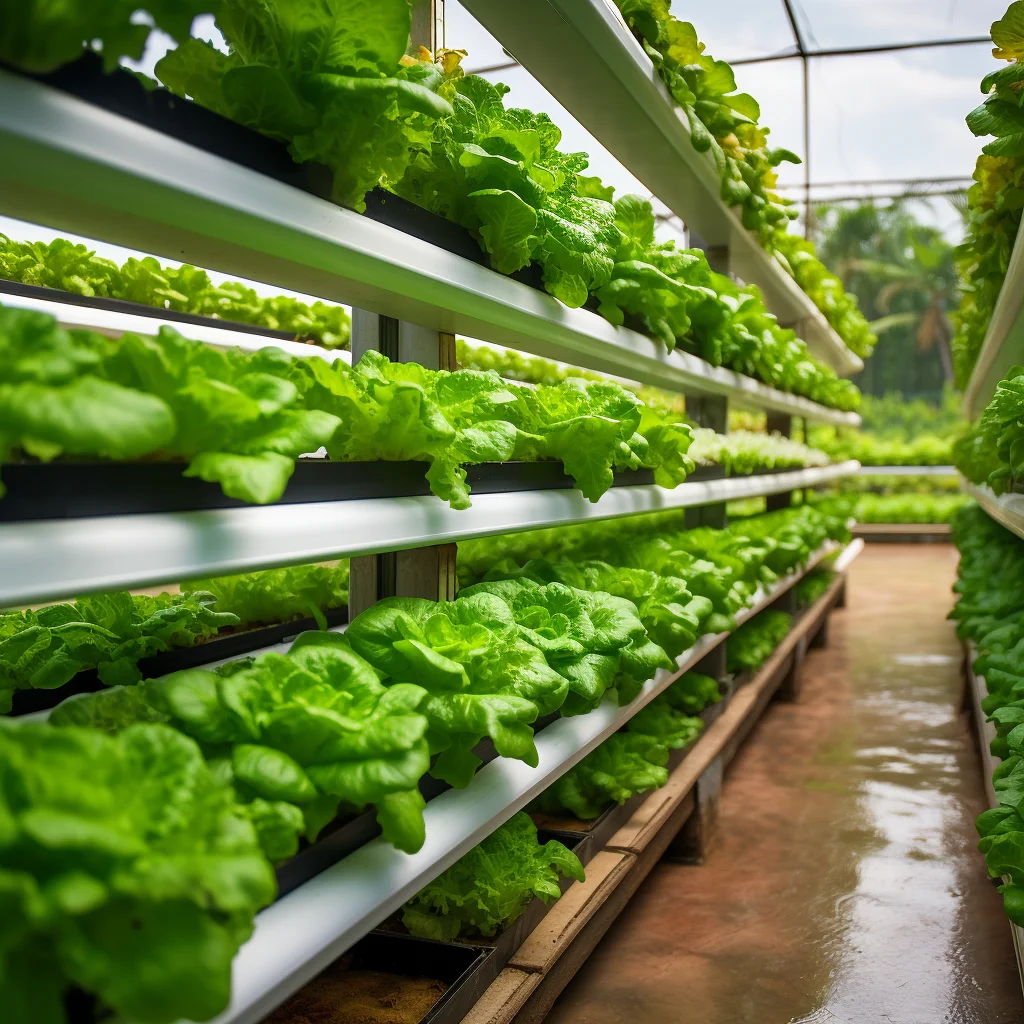
Frequently Asked Questions
1. What hydroponic systems do not use a nutrient reservoir?
Passive sub-irrigation systems like capillary mats and nutrient film technique systems without a reservoir recirculate nutrients. However, most active hydroponic systems utilize a reservoir.
2. Can I use lower cost generic fertilizers instead of specialized hydroponics nutrients?
It is generally not recommended. Hydroponic systems have higher demands. Generic fertilizers may lack micronutrients, be ineffective in hydroponic conditions, or cause salt buildups without additives.
3. How often do I need to replenish the nutrient reservoir?
Depends on factors like plant size, temperature, humidity, system design, etc. Test reservoir EC/ppm and pH frequently. Top up and replenish depleted nutrients as needed based on targets for each crop.
4. Is RO or distilled water required for hydroponic reservoirs?
Highly recommended. Otherwise chlorine or dissolved minerals in tap water can accumulate causing issues. If only tap water is available, pre-treatment is advised.
5. Can I mix all the nutrient parts together in the reservoir in advance?
Only if manufacturer instructions allow pre-mixing for that specific product. Otherwise mixing concentrate stock solutions together risks precipitation and clogs.
Conclusion
In summary, hydroponic plants get their complete nutrition from specialized nutrient solutions delivered directly to their roots via reservoirs and hydroponic systems. This provides fast-growing, healthy plants an abundance of accessible nutrients without any need for traditional soil. With routine monitoring and replenishment of the reservoir, crops can thrive hydroponically to achieve maximum yield. The precise control and efficiency of hydroponic nutrient solutions gives growers the power to unlock the full genetic potential of plants.
